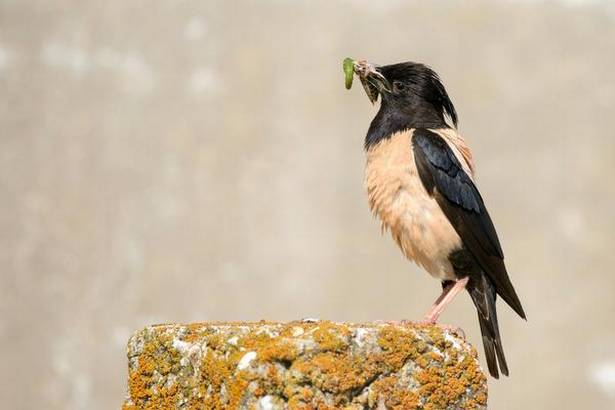What fascinates you about the Migratory Birds? Their colour, size, shape pattern on their feathers, how they chirp, how they move!! The hardest part of finding migratory birds is not taking pictures, but identifying who they are! Do you have the same experience?
This year on October 10 2020, is being celebrated as World Migratory Bird day with the theme “ Birds connect our World”. The intent behind this theme was to intensify the importance of conserving and restoring the ecological connectivity and integrity of ecosystems that support the natural cycles essential for the survival and well being of migratory birds.
This UN-led campaign has started with an aim to raise awareness of migratory birds. It also highlights the significance that awareness can be achieved with global cooperation. With increasing urbanisation, birds are facing several threats such as loss of habitat and also impacted due to climate change. Illegal hunting of birds and also high-rise buildings, collision with power lines causes a serious threat to their survival.
A press release shared on WorldMigratorybird.org states that Migratory birds are also highly dependent on a network of sites along their migration routes for breeding, feeding, resting and overwintering. Approximately, one in five of the world’s 11,000 bird species migrate, some covering enormous distances. Migratory birds need ideal habitats such as wetlands, coastal areas, forest and grasslands for support and survival.
Every year winter migration of birds begins in September and October per annum, one can witness the movement of birds in large numbers signifying the beginning of migration. It’s the annual dispersal of birds from the hemisphere to the Indian subcontinent.
On this special day, The EarthView team had a conversation with Umesh Vaghela, the founder president of ALIVE Team and Ornithologist who has been working passionately for 13 years who highlighted the importance of conservation of migratory birds. He said, “Birds play a crucial role within the ecosystem. We have to make a healthy habitat for our birds. India plays a vital role for migratory birds, as we are blessed with biodiversity- a favorable spot for birds. India is ideal for winter and summer migratory birds from Africa and Europe.”
Vaghela further mentioned, “The prominent migratory birds that come to India are Rosy Starling, Chestnut-tailed starling, White wagtail, Grey Wagtail, Yellow Wagtail, Forest Wagtail, Blue Rock Thrush and Taiga Flycatcher.”
Know more about these migratory birds:
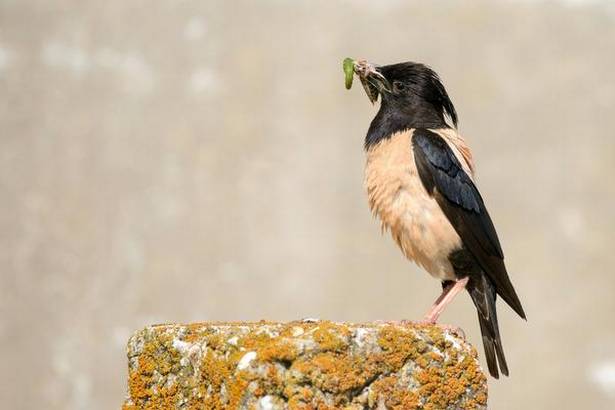
Rosy Starling: They migrate from Kazakhstan. The adult has a pink body, pale orange legs and glossy black head, wings and tails.
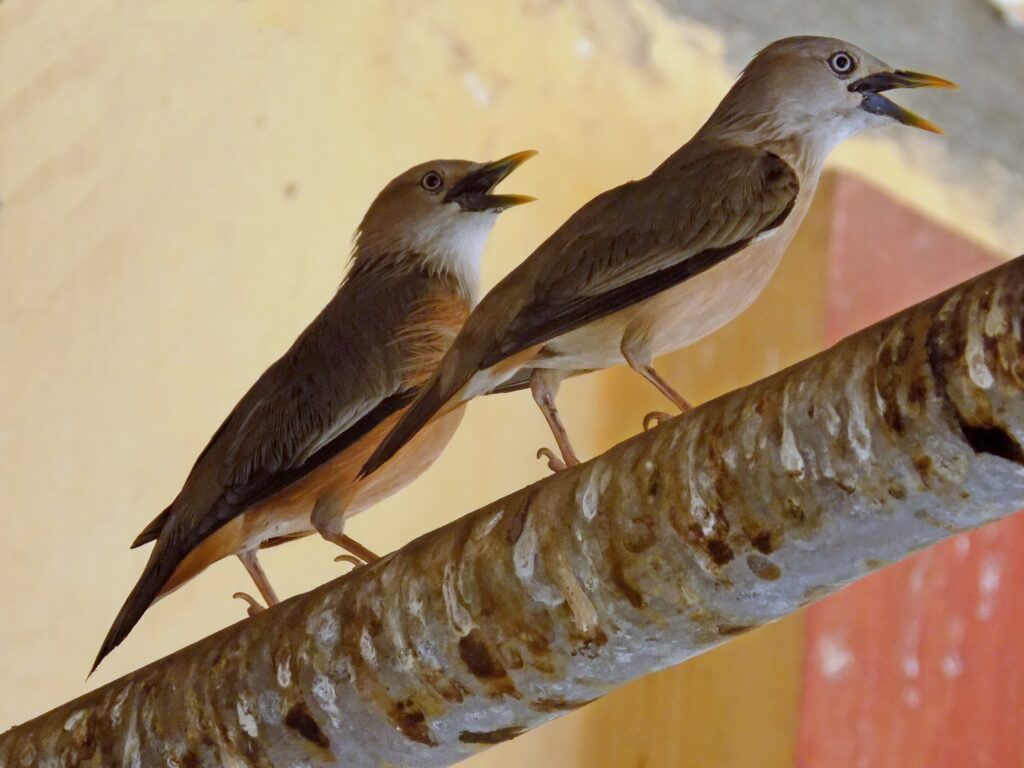
Chestnut Tailed Starling: The Chestnut-tailed starling or Grey-headed Starling Myna is a member of the starling family. It is a resident or partially migratory species found in wooded habitats in India.
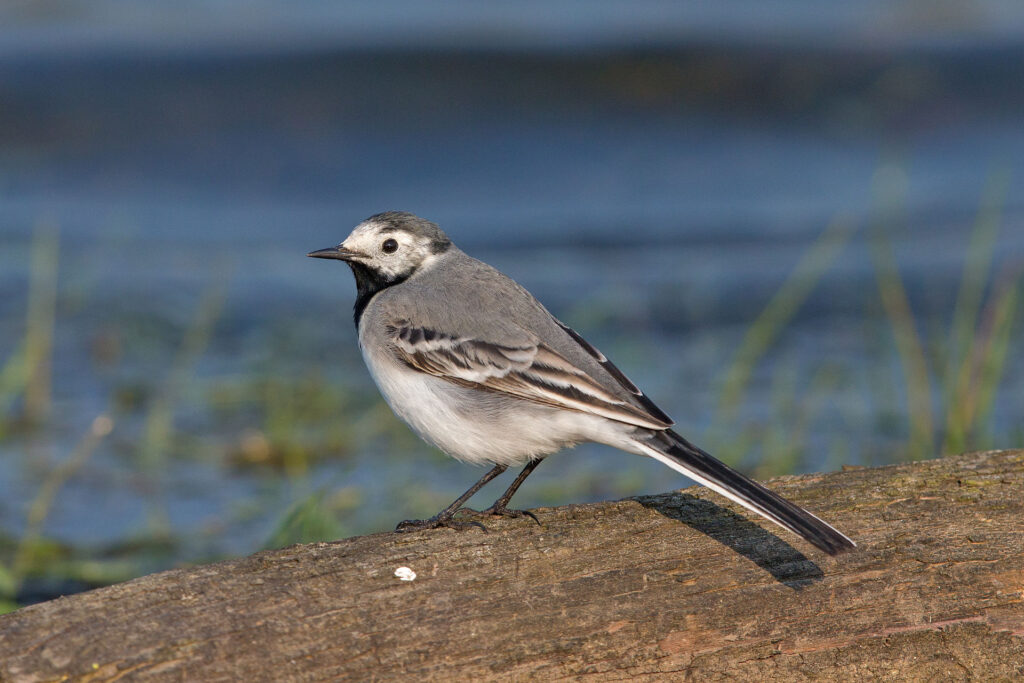
White Wagtail bird: The white wagtail may be a small passerine bird within the Motacillidae, which also includes pipits and long claws. Their constant tail wagging trait has given the birds their common name.
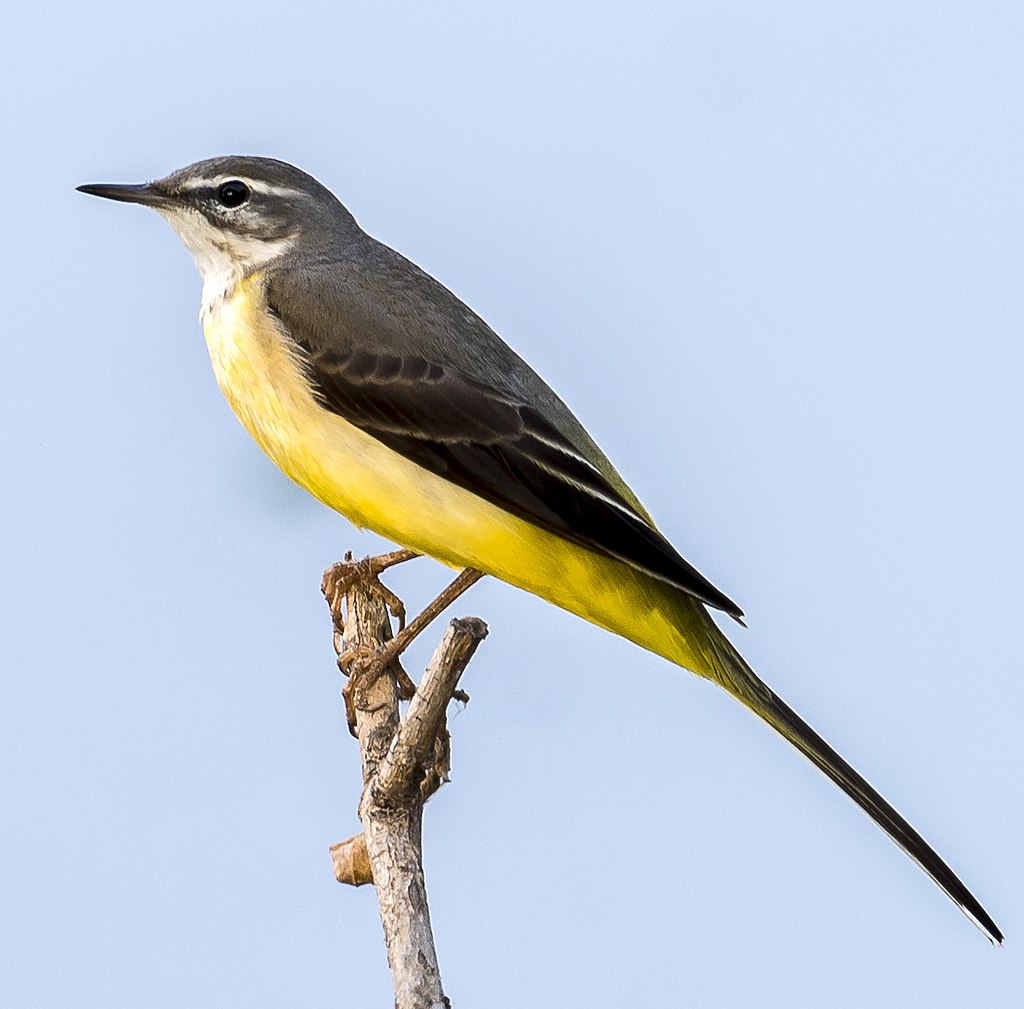
Grey Wagtail: Grey wagtail may be a member of the wagtail family, Motacilla, measuring around 18-19 cm overall length.
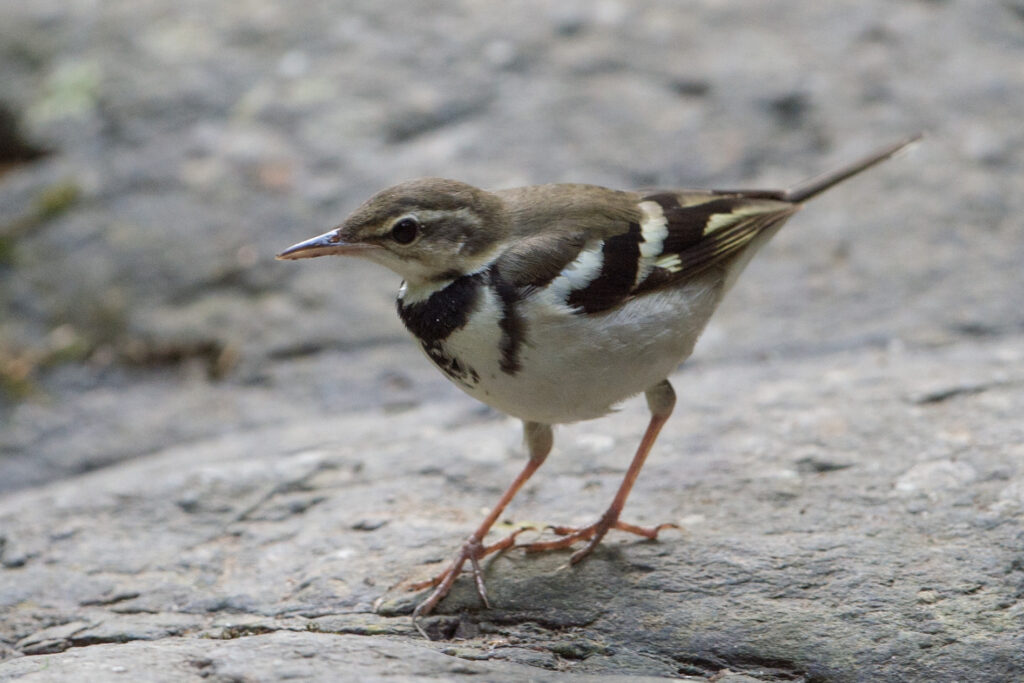
Forest Wagtail: Forest wagtail may be a medium-sized passerine bird within the wagtail family. Only wagtail species that nests in trees are mostly found in forest habitats.
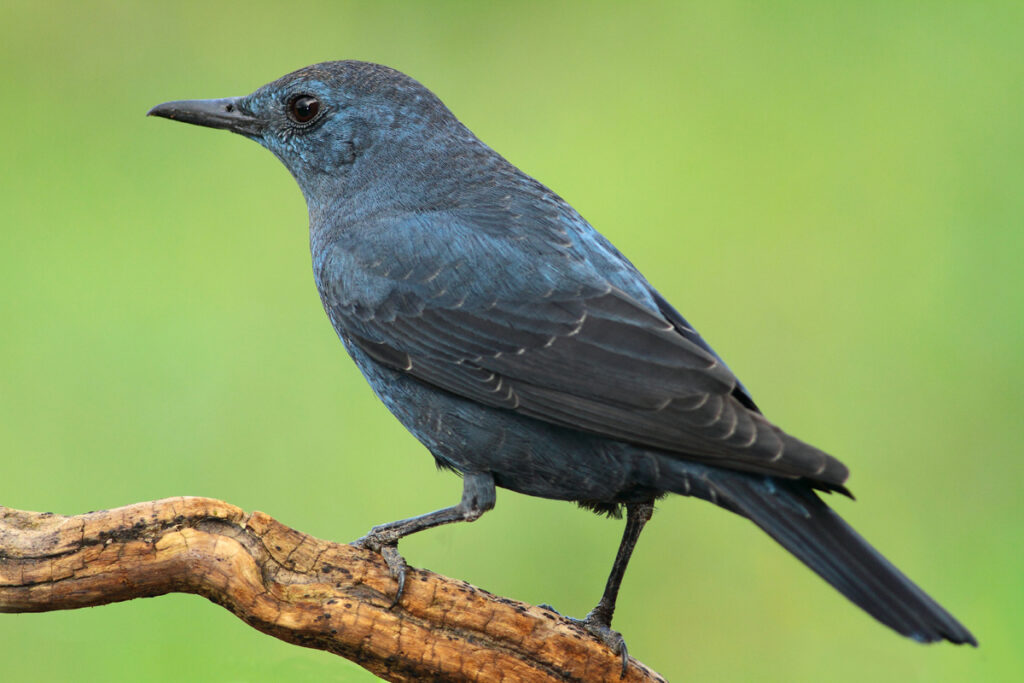
Blue Rock Thrush: The Blue Rock Thrush bird is a species of chat. This thrush-like old world flycatcher was formerly placed within the Turdidae. The size of the bird is 21-23 cms in length often found on mountains, sea cliffs even towns.
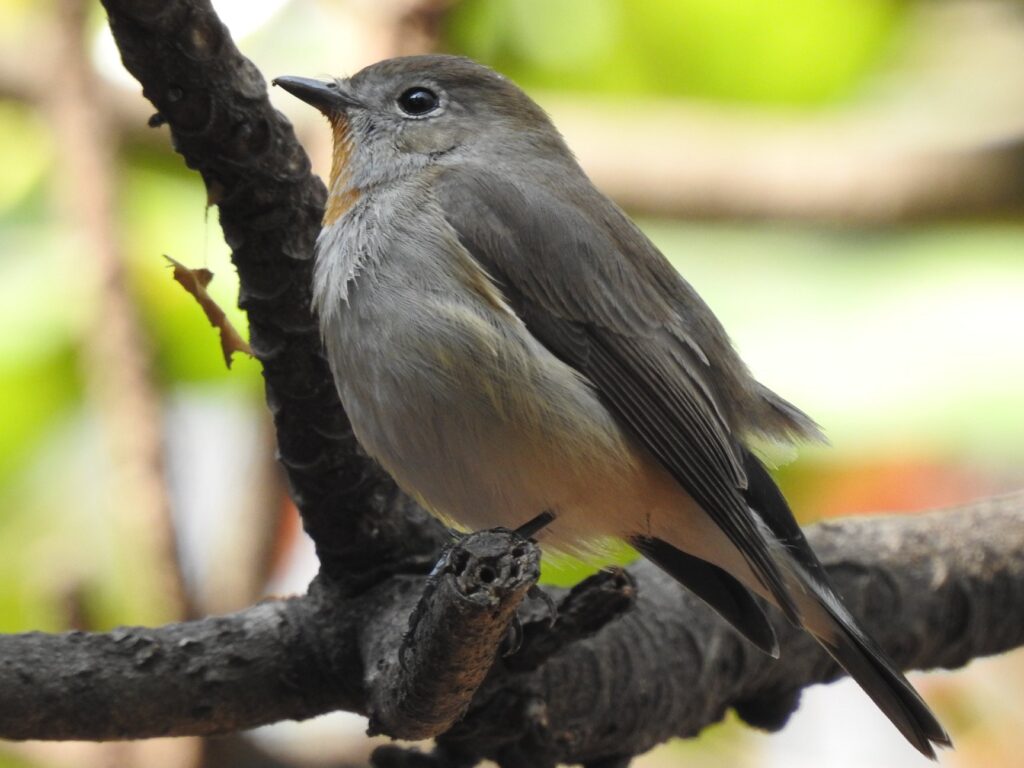
Taiga Flycatcher: The Taiga Flycatcher bird or red-throated flycatcher is a migratory bird in the family of Muscicapidae. A winter migratory bird with a brown tail is a rare vagrant to Western Europe.
Vaghela also suggests that Trees like a Banyan tree, Peepal tree, Mango tree, Jamun tree, these trees make the best habitat for migratory birds. Vaghela has been conducting programs for bringing awareness among people to plant trees to balance the environment. He made nest box- birds rights to home since May 31 2010 which was a successful project.
He introduced a brilliant idea by bringing the next program in monsoon in July 2010 named – One Day For Nature to plant the native trees to the nearby city. He has been conducting workshops like Nature Workshops, Lectures, Slideshows and Tree walk.
Umesh Vaghela further said about improving the habitat for birds. He said, “We need to change our lifestyle to bring a far better environment for the birds. We have to erase the uses of plastic from our lifestyle. Bird watching should not remain as a hobby for people, we have to make changes to get rid of deforestation and uses of plastic and chemical.”
Written by: Hemangini Tiwari

